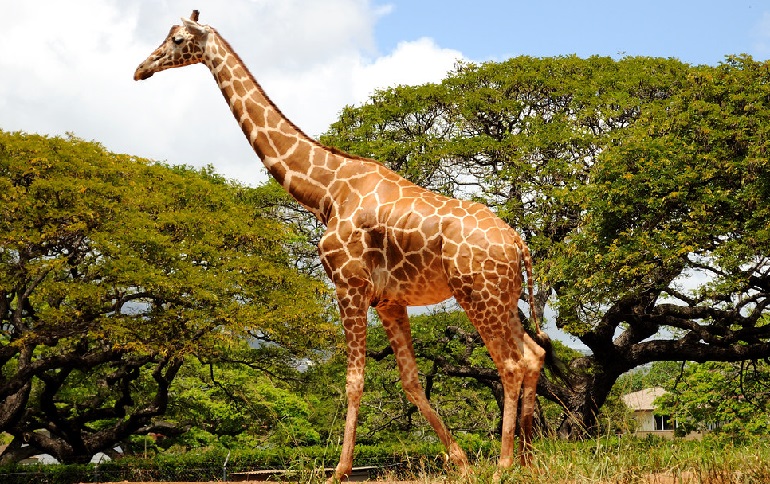Are giraffes endangered? The answer is ambiguous. Some giraffes are critically endangered, while others are threatened species. Thankfully, conservation efforts are bringing about a change for many wild giraffes.
However, the silent extinction among many of the nine subspecies is an ongoing concern as giraffe numbers for some species decline while others grow.
Giraffe population numbers also differ depending on which organization’s statistics you look at and for what timeframe. One places them on an endangered listing, while another records them as vulnerable. It all depends on how you categorize this species and subspecies.
However, one thing is sure. Whether you’re speaking of giraffes in Sub-Saharan Africa or other African countries, you’re looking at a species under threat, so it is vital that we protect giraffes.
Are Giraffes Endangered?
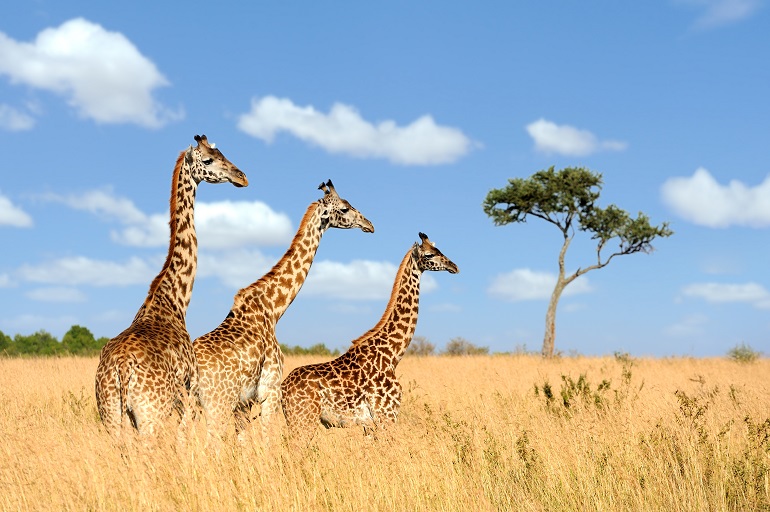
Giraffes (Giraffa camelopardalis) are not all on the list of endangered species, according to the International Union for Conservation of Nature (IUCN).
If not all nine of the subspecies are on the endangered species list, there are others that are near threatened, endangered, and vulnerable. They are not yet critically endangered but are still vulnerable and at high risk of extinction in their natural habitat.
As to how many giraffes are left and why they are not all listed as endangered species – here are some facts that might explain things.
As mentioned previously, just because some species are doing okay doesn’t mean that others are. Also, with the single species and nine subspecies classification, it reduces the numbers in each group and increases their vulnerability.
Giraffe Subspecies Conservation Status
(Stats are primarily from 2016 to 2018 – IUCN).
Kordofan Giraffe
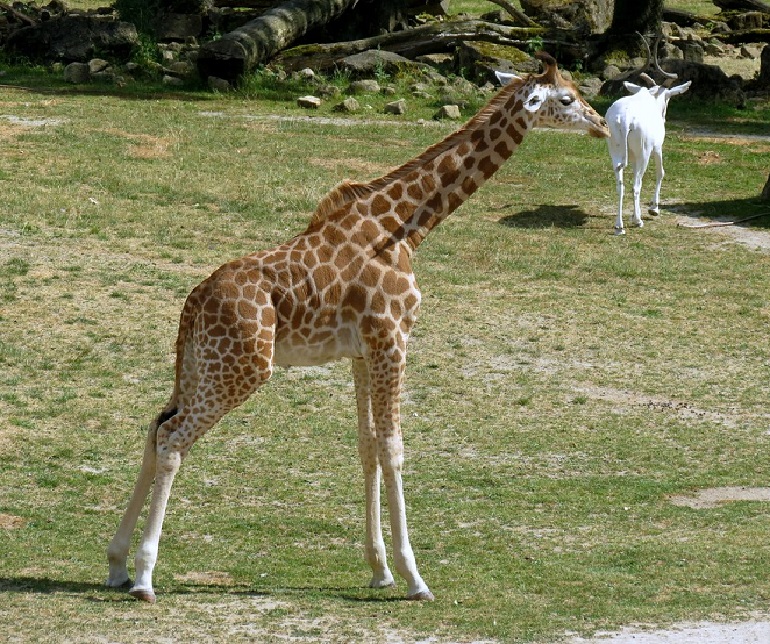
Critically endangered. Estimates maintain that 90% of this subspecies has become extinct since the end of the 1980s. Only 1,400 of these giraffes remained in the wild in 2018, and their populations were severely fragmented.
Nubian Giraffe
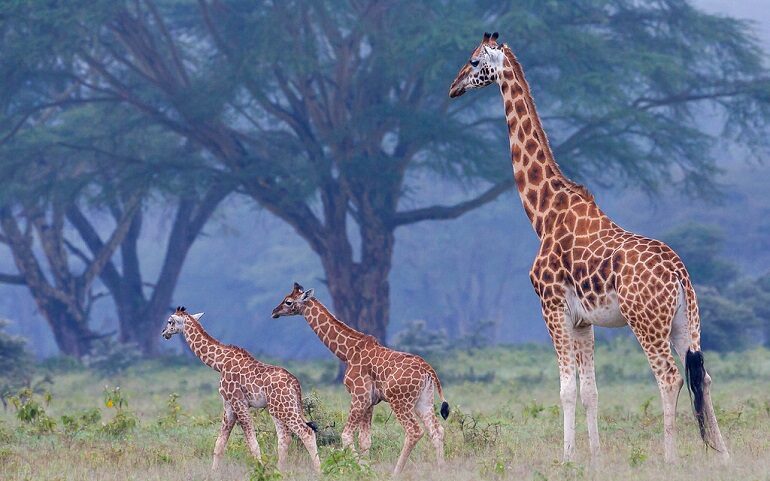
Critically endangered. Estimates say there were approximately 455 of these subspecies in the wild in 2018. Their numbers had decreased by 98% in the past few decades, and the population trend continued to decline. This subspecies only lives in sheltered parts of Kenya.
Rothschild’s Giraffe
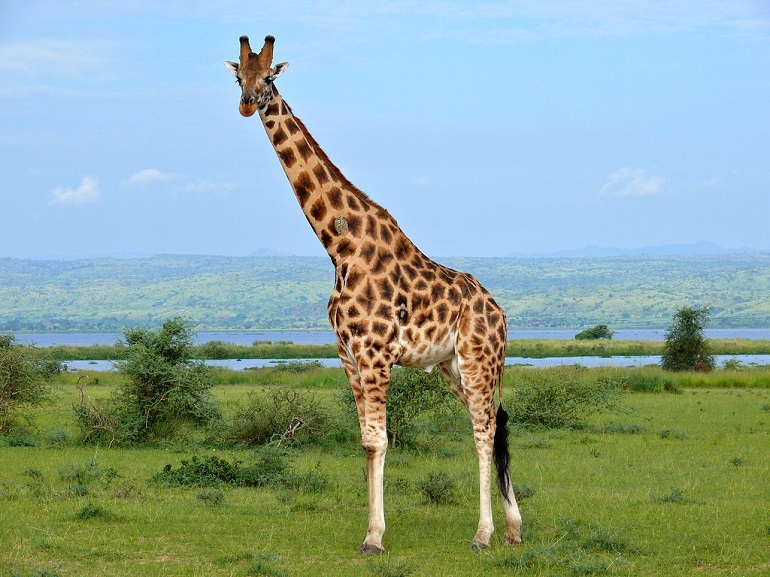
Near threatened. Only about 1,399 of these giraffes remained in the wild in 2018. Small groups inhabit isolated areas of Uganda, Kenya, and possibly South Sudan, although this has not been confirmed.
Experts say that although the habitat of this subspecies is fragmented, its population growth is on an upward trend.
Although debate continues about the species and subspecies, some schools of thought consider the Rothschild giraffe a part of the Nubian giraffe rather than a separate subspecies.
Reticulated Giraffe
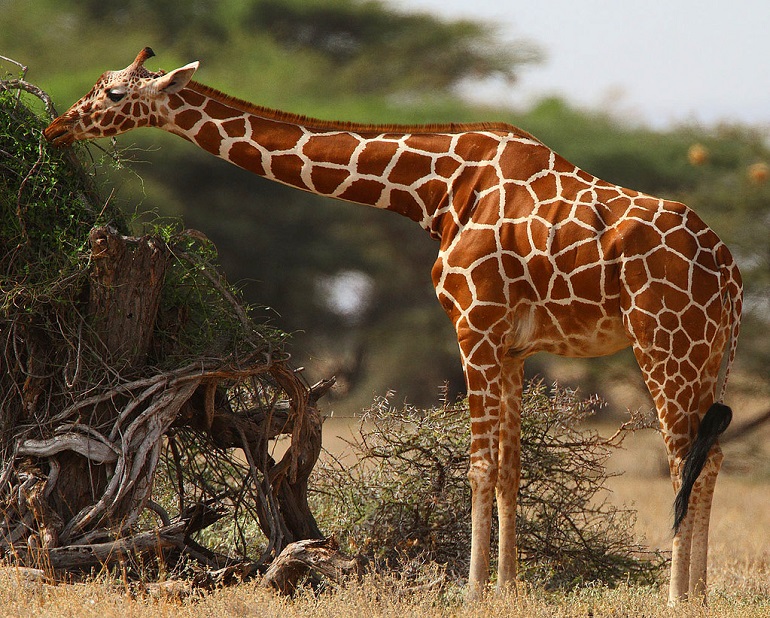
Endangered. According to the IUCN, there were 11,048 mature adults in the wild in 2018. This estimate follows a 56% decline over three generations or 30 years. The IUCN estimates that these populations are still in decline, although their habitat is not fragmented.
Masai Giraffe
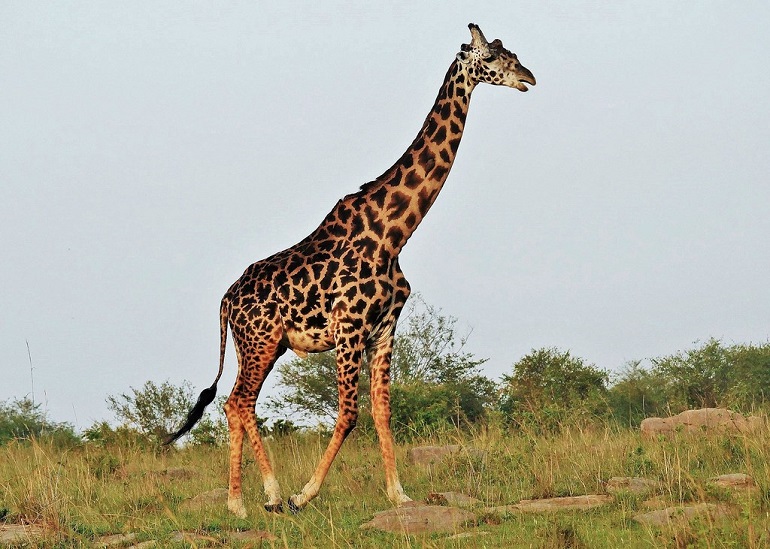
Endangered. Records show about 35,000 Masai giraffes left in 2018. Their population has decreased by almost 50% in the last three decades and continues to decline.
Thornicroft’s Giraffe
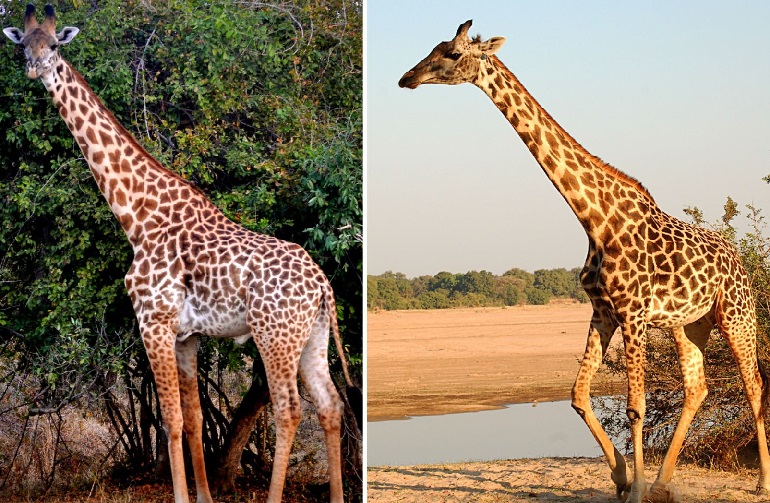
Vulnerable. There were only about 420 of these subspecies in the wild in 2018. Experts marked their numbers as stable, not in decline, and without a fragmented habitat.
West African Giraffe
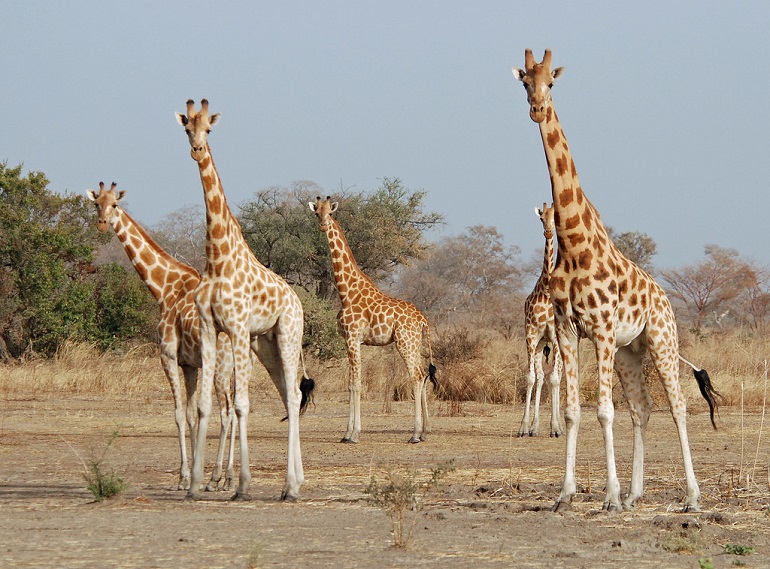
Vulnerable. Last estimated in 2017 when there were 425 left in the wild. The IUCN claims their numbers were increasing at the time.
Angolan Giraffe
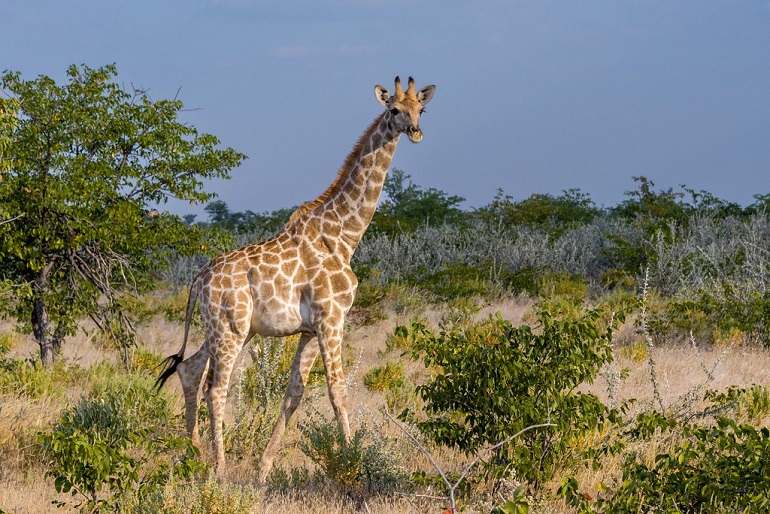
Least concern. As of 2018, their numbers stood at 10,173. Their population was increasing and was not fragmented.
South African Giraffe
Least concern. Not assessed separately.
Giraffe Conservation Foundation (GCF) Conservation Status in 2021
These stats cover the four giraffe species and their subspecies.
- Northern giraffe: (Kordofan, Nubian, West African): Critically endangered. 2015 – 4,776. 2020 – 5,919. (24% increase).
- Masai giraffe: Vulnerable. 2015 – 31,611. 2020 – 45,402. (44% increase).
- Reticulated giraffe: Endangered. 2015 – 8,661. 2020 – 15,985. (85% increase).
- Southern giraffe: (Angolan and South African giraffe). Least concern. 2015 – 51,969. 2020 – 48,016. (7% decrease). (Excludes 1,851 extra-limited giraffes in Zimbabwe and 1,534 hybrid Angolan and South African giraffes).
How Many Giraffes Are Left in the World?
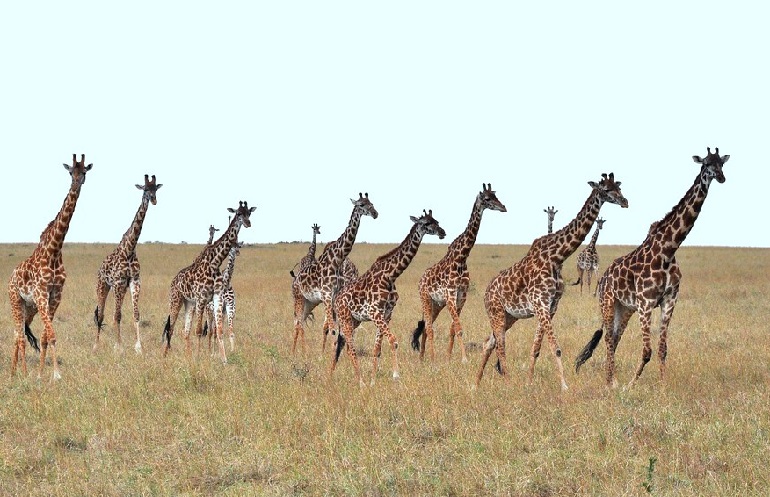
Earlier scientific reports showed differing genetic classifications for giraffes. New information indicates four species and seven subspecies. The numbers vary depending on how you read the stats for giraffe subspecies.
However, further giraffe conservation information shows that giraffe populations were up from earlier estimates of 69,000 to over 117,000 in 2021. It is also critical to be aware that these giraffe population figures come from diverse sources, such as the IUCN and The GCF, at different times.
Why Are Giraffes Endangered?
Given below are some reasons why giraffes are endangered.
Loss of Habitat
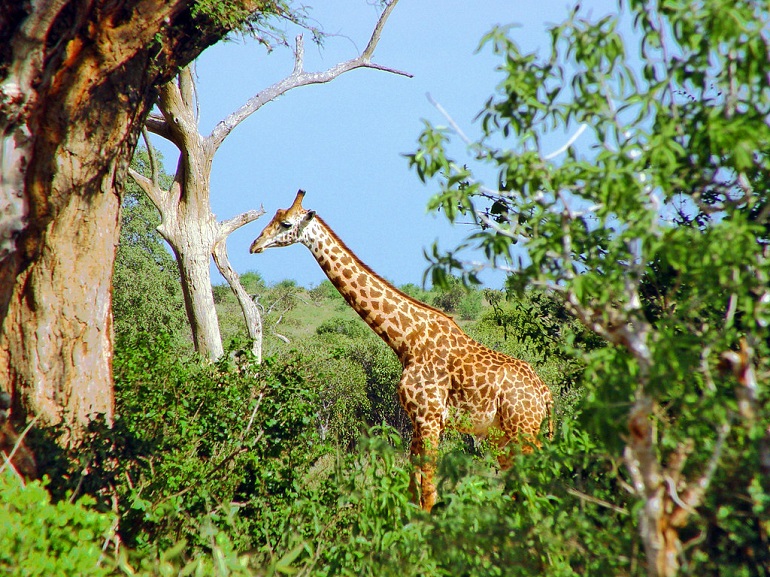
Giraffes used to roam freely throughout many countries in Sub-Saharan Africa. Today, their numbers are in decline because of habitat loss. Development robs them of their habitats, and they get hit by vehicles. Other threats come from the bush meat trade and poachers.
Yet other dangers come from people burning trees, which provide these animals with food. Because of habitat loss from deforestation and other threats, many conservation groups have relocated these animals to a safer space.
Civil Wars
Civil unrest between African countries remains a massive threat to giraffes because people and their equipment take over their habitat, destroying vegetation where they go.
War is mainly responsible for the extinction or near extinction of the Sudanese giraffe. Poaching and wildlife trading increase in these circumstances, with people scrambling for survival, often at the cost of the natural environment and ecosystem.
Climate Change and Disease
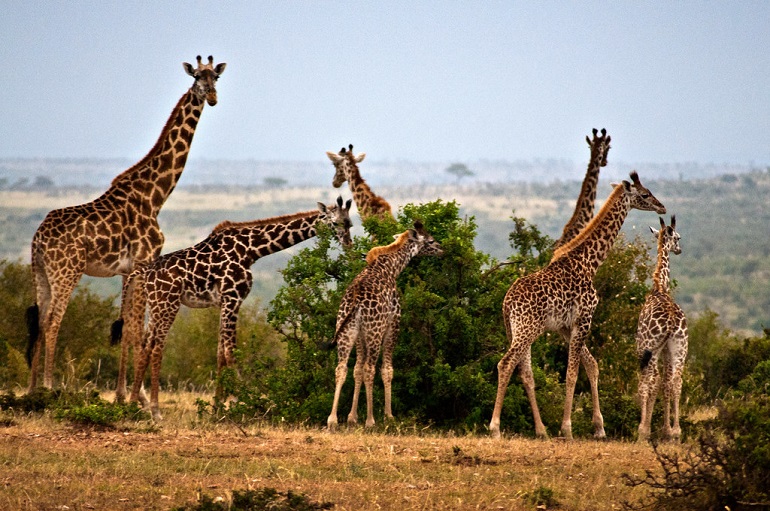
Giraffes are susceptible to diseases and climate change, which decimated their numbers. Giraffe skin disease ravages the health of many species in the African savanna and elsewhere in Africa, causing painful gray lesions.
Due to habitat fragmentation and isolation, giraffe populations inbreed, resulting in a lack of biological diversity. The absence of new genes causes weaknesses.
Besides, giraffes suffer from climate changes that cause drought and other adverse conditions that impact their food sources.
Unfair Trade – Trophy Hunting
Giraffe parts are favored for many reasons. This drives an international trade for parts such as bone carvings, hair, tails, giraffe bushmeat, and hides. Like poachers target African elephants, trophy hunters sell giraffe bone as a substitute for elephant ivory.
Many people even believe that the giraffe’s brain will cure them of HIV AIDS. This trade is so prolific that it is surprisingly easy to find giraffe parts online, which exacerbates the trade in endangered species.
Giraffes – The Overlooked Megafauna
Strangely, as few as 400 scientific studies are about giraffes, whereas there are as many as 1,000 of the big five groups.
People may be more intrigued by lions, rhinos, and elephants. The reality, though, is that giraffes are phenomenally unique and deserve more attention as megafauna because they are beautiful animals and are in danger of becoming extinct.
Protection for Giraffes Under the U.S. Law
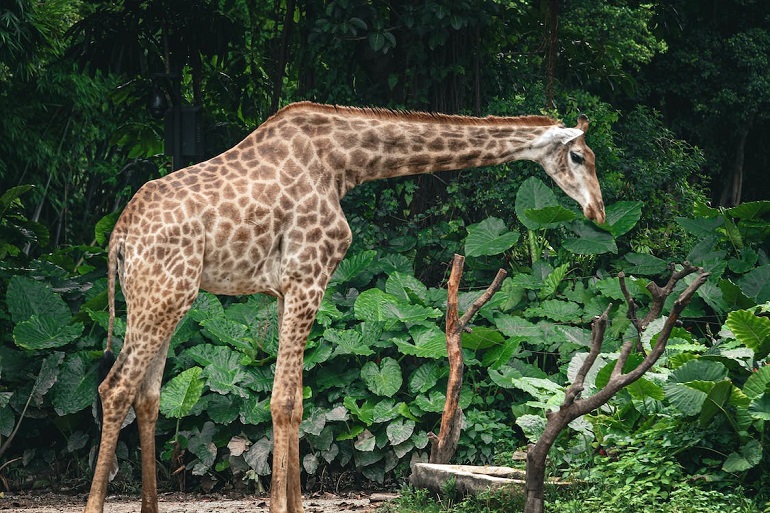
The United States plays a vital role in the trade of giraffe parts because it is legal and not monitored in this country.
This is because the U.S. does not view the giraffe as endangered. However, changing their legal provisions about the trade-in giraffe bone carvings will make a difference.
Also, the wildlife trade program for the NRDC confirms that the Endangered Species Act (ESA) records these animals as being in danger of extinction across all or parts of their range.
However, conservationists point out that trophy hunters target these animals for hunting and importing thousands of dead animals into the U.S.
Besides these hunting trophies, the trade in giraffe parts across the U.S. is rampant. If the U.S. had to recognize the giraffe as endangered, it would enjoy more protection.
In the interest of acquiring greater protection, the NRDC and some conservation groups approached the U.S. Fish and Wildlife Service (FWS) in 2017 to recognize the giraffe as endangered in terms of the ESA. The FWS did nothing.
The coalition took legal action to encourage a response to the giraffe listing. The FWS stated in 2019 that an endangered listing might be necessary to protect giraffes. They are still playing for time.
In the interim, the giraffes are experiencing a silent extinction despite evidence of slow-growing numbers. Their plight is so dire that elephant numbers outweigh those of giraffes, making this situation critical.
Giraffe International Protection
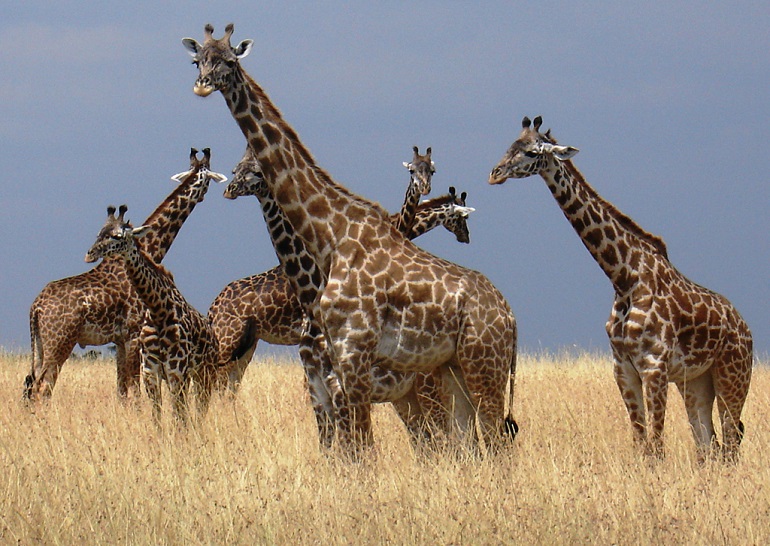
It is generally recognized and desirable that the Convention on International Trade in Endangered Species (CITES) should demonstrate greater international involvement in protecting the giraffe.
If the convention on international trade recognized the giraffe as endangered the way it does other animals, this act would help with better conservation.
By recognizing the giraffe in this way, international trade in giraffe parts will also be restricted. Once restricted, the motivation to poach and hunt this animal would decline.
However, the CITES giraffe range states (Senegal, Niger, Kenya, Mali, Chad, and the Central African Republic) and other parties to CITES are still considering this classification.
Improved protection across the African continent will help ensure that parts are legally acquired and don’t come from poached giraffes. Another benefit will be that organizations can collect data about the international trade of giraffes for better management and protection.
How Can Endangered Status Benefit Giraffes?
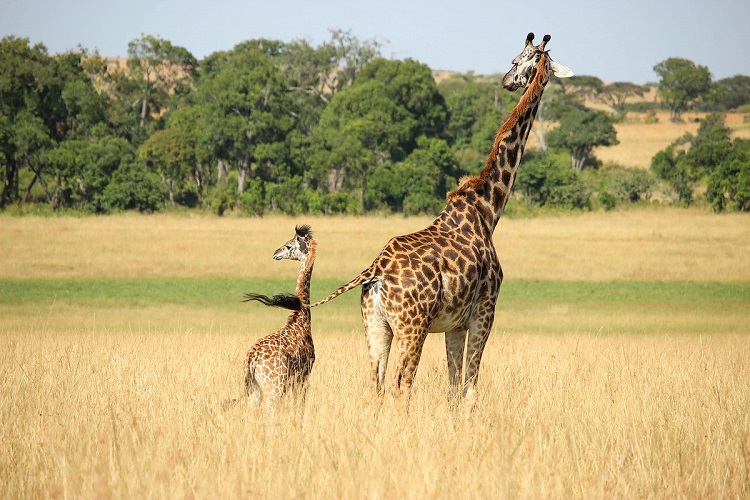
Poachers and hunters would immediately be discouraged from hunting giraffes if the ESA listed them as endangered. Government bodies would have more authority to monitor and enforce regulations, slowing the illegal trade and import of giraffe parts.
Although making all trade illegal is unnecessary since parts may be educational and beneficial for research, an endangered status will contribute to their survival.
Other benefits include lower rates of federal authorities causing harm via a customs official when determining whether giraffe parts are legal or not.
Additionally, this status will divert funds to the conservation of these animals. By making this status official, authorities send a clear message that giraffes genuinely are endangered.
This positive step would also show the need for conservation programs to stop them from going extinct and build awareness of their plight. So besides legal benefits, it will have domino effects to support their conservation.
How You Can Help Giraffes?
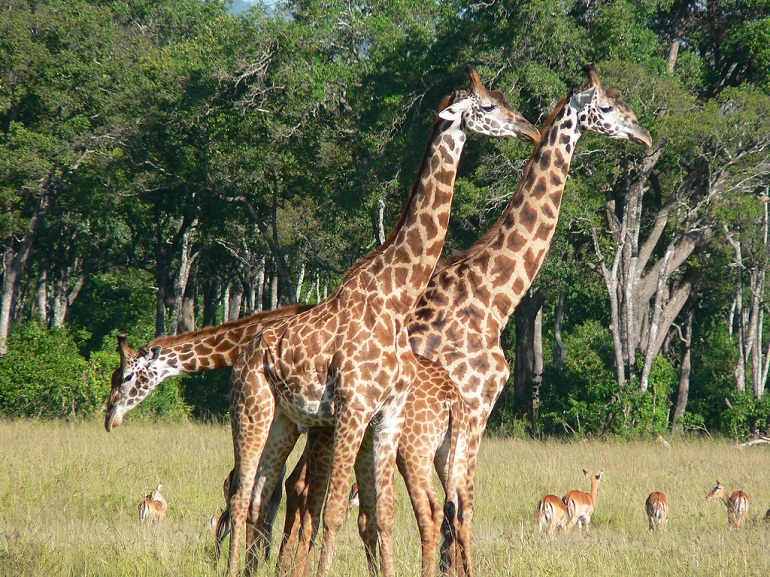
The most straightforward approach to supporting giraffes is not to buy giraffe products. You could also tell your friends how to recognize and avoid these items.
Next, support conservation organizations like the Giraffe Conservation Fund (GCF) with donations. The GCF is one of the few, if not the only organization, that concentrates on conserving the giraffe. They also encourage other ways that you can help support giraffe populations.
The Natural Resources Defense Council is another U.S.-based organization that shows people how they can get involved in protecting the natural resources on our planet.
U.S. citizens can take their support to another level by contacting their political representatives in Congress. This representative can coordinate regulations between government agencies so that no customs official threatens the giraffe due to insufficient authority or knowledge.
For example, they can speak directly with the FWS and help hurry things along. Hopefully, they will have more influence with this government organization than others have had in the past.
Conclusion
There is a massive limit to what private individuals and organizations can do to save giraffes. Ultimately, they must have the support of federal agencies and country governments that are serious about changing laws that favor conserving giraffes.
Whether in a national park, protected lands, or zoos, without making the trade in parts of giraffes an illegal act and outlawing poaching, the decline will continue.
Despite good growth in their numbers over the past few years – there is no guarantee that this approach is sustainable without country laws changing.
Do your part by helping and supporting organizations and hassling your politicians. Persistence wins favorable outcomes that favor the giraffe lasting for many more generations.


